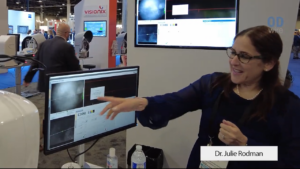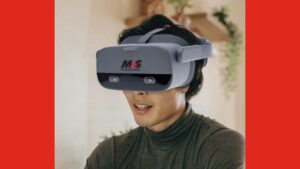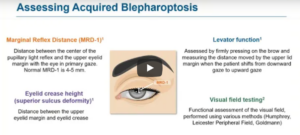The Acuvue Vita is a new monthly replacement lens by Johnson & Johnson Vision Care, Inc.
In this interview, I spoke with @Jeffrey Sonsino and @Cristina Schnider OD MSc MBA at AOA Boston about the new lens and how it fits into practice.
(Interestingly, Jeff was the very first person to place a commercial order for the lens, so as of now, he knows more than anyone about its long-term performance in the field.)
About Jeff & Cris:
Jeff Sonsino, OD, FAAO is the Chairman of the AOA’s Contact Lens and Cornea Section. He graduated from the New England College of Optometry with research honors, was a Faculty member at Vanderbilt Eye Institute for 12 years, and now is a partner in a multi-specialty private practice in Nashville, TN. Additionally, Dr. Sonsino consults for nine industry companies, including Johnson & Johnson Vision Care, Inc.
Cristina Schnider, OD, MBA, FAAO is a Global Professional Affairs Director with Johnson & Johnson Vision Care, Inc. She received her Doctor of Optometry from Pacific University College of Optometry, a Master of Science from the University of New South Wales, and she spent 14 years as a contact lens educator and researcher at Pacific University College of Optometry, the University of New South Wales in Sydney, and at the State University of New York (SUNY) College of Optometry. Dr. Schnider has worked with Johnson & Johnson Vision Care, Inc. for 17 years.
If you have any questions, post ’em here!







